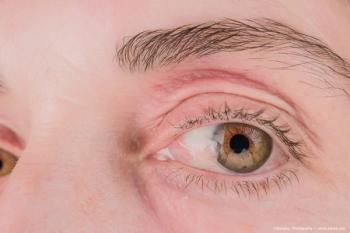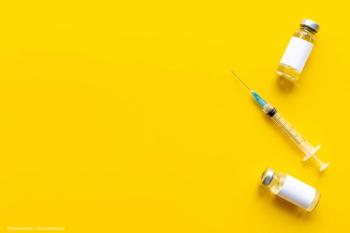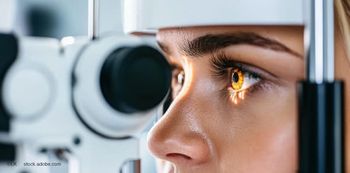
Laser bests injections for CSC
Photocoagulation performed using a micropulse subthreshold diode laser (MicroPulse, Iridex) was superior to intravitreal injections of bevacizumab in the treatment of central serous chorioretinopathy, according to a comparative, controlled, prospective study.
Mountain View, CA-Photocoagulation performed using a micropulse subthreshold diode laser (MicroPulse, Iridex) was superior to intravitreal injections of bevacizumab in the treatment of central serous chorioretinopathy (CSC), according to a comparative, controlled, prospective study.
The results of the study were announced by Iridex.
The 10-month study examined 52 eyes of 52 patients treated with either the laser at the active leakage site (16 eyes), intravitreal injection of 1.25 mg bevacizumab (10 eyes), or observation (26 eyes). Outcome measures included changes in retinal pigment epithelium, central macular thickness, best-corrected visual acuity, and 10º macular perimetry.
This was the first comparative, prospective evaluation of subthreshold diode laser treatment and anti-vascular endothelial growth factor (VEGF) injections in the treatment of CSC with regard to changes in subretinal fluid and visual function. The results indicated superior subretinal fluid resolution and superior improvement in visual acuity and other visual functions in patients who received the laser treatment compared with those who received the anti-VEGF injections.
“Because of the absence of laser-induced retinal damage discernable at any time postoperatively, [micropulse subthreshold diode laser] photocoagulation, with no focal burn end point (or its consequences), represents an elegant medical approach and a true clinical alternative,” said co-author Frank Koch, MD, who oversees the vitreo-retinal department at the University Eye Clinic of Johann Wolfgang Goethe-University, Frankfurt, Germany.
“[The laser] therapy is producing the kind of clinical results that we believe will fuel a paradigm shift in the treatment of retinal diseases,” added Dominik Beck, PhD, Iridex president and chief executive officer. “While CSC does not [affect] a large population, this study is additional clinical evidence of the efficacy and safety in using [micropulse subthreshold diode laser] therapy to treat a broader class of retinal diseases that impacts millions of Americans.”
For more articles in this issue of Ophthalmology Times eReport,
Newsletter
Don’t miss out—get Ophthalmology Times updates on the latest clinical advancements and expert interviews, straight to your inbox.













































.png)


